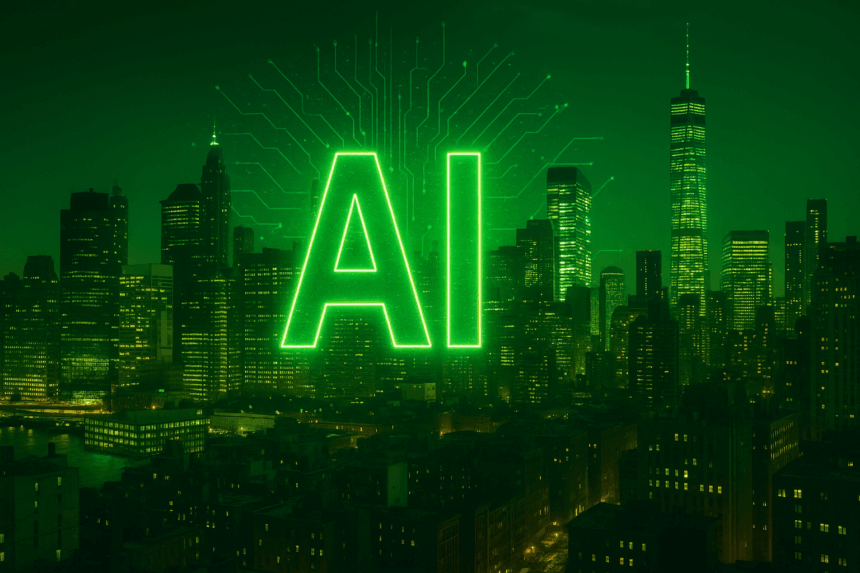Anthropic anticipates a notable increase in U.S. labor productivity driven by artificial intelligence (AI) adoption. In its recent research, the AI company suggests that the implementation of AI technology could lead to an annual productivity growth rate of 1.8%, nearly doubling figures observed since 2019. Such growth could lead to broader economic benefits if AI becomes widely used over the next decade. With numerous companies already integrating AI for diverse tasks, the potential for increased efficiency and output in a variety of sectors appears promising. Yet, the findings also reveal challenges and various unknowns that organizations must navigate.
In past analyses, AI has demonstrated robust capability in automating routine tasks, with applications in sectors such as healthcare, legal services, and finance showing early success. Comparatively, Menlo Ventures’ research noted high adoption rates in AI use cases like enterprise search and document summarization. Anthropic’s current projections suggest major productivity enhancements if these technologies achieve ubiquitous use. However, the path forward would likely necessitate strategic adaptations by businesses and industries that have yet to fully embrace AI technology.
How Will AI Drive Economic Efficiency?
Anthropic’s analysis indicates that AI’s incorporation into various job functions could enhance overall productivity. The company’s AI model, Claude, sheds light on the degree to which AI can streamline job functions, contributing to an overall 1.1% annual rise in total factor productivity. This measure evaluates the economy’s efficiency combining labor, machines, and software. The projection assumes that the majority of workers’ tasks will be augmented by AI, leading to a more productive workforce.
Can Businesses Adapt to Technological Change?
For AI to significantly impact productivity, it requires substantial updates in business operations. The transition from manual work to AI-enhanced processes may pose challenges. Anthropic highlighted that most enterprises have only initiated these changes, with key sectors like software development and marketing leading the way.
“Our analysis has limits,” Anthropic cautioned, addressing the unpredictability of AI’s impact.
These insights hint at the ongoing transitions businesses face amid technological advancements.
Anthropic’s findings underscore the assumptions made regarding the consistent adoption of AI across all industries in the U.S. The research anticipates that workers’ incomes will remain steady, which historically aligns with similar economic models. However, Anthropic also emphasized the need to consider improvements in AI systems themselves, which could exceed expectations over time.
Only time will test the extent of AI’s economic contribution. Currently, the uncertainties between predicted productivity improvements at a model level and actual real-world implementation exist. With current adopters of AI showcasing initial successes, there remains a significant unknown regarding the speed and extent of AI integration into broader business practices in the future.
Looking critically at Anthropic’s projections is crucial. While the potential for greatly enhanced productivity exists, actual outcomes depend on numerous factors, including how swiftly and effectively businesses can incorporate AI. Companies need to balance optimism with realistic assessments of the challenges associated with widespread technological integration. Achieving predicted benefits requires considerable industry-wide adjustments, a task yet to be fully realized by many organizations.








